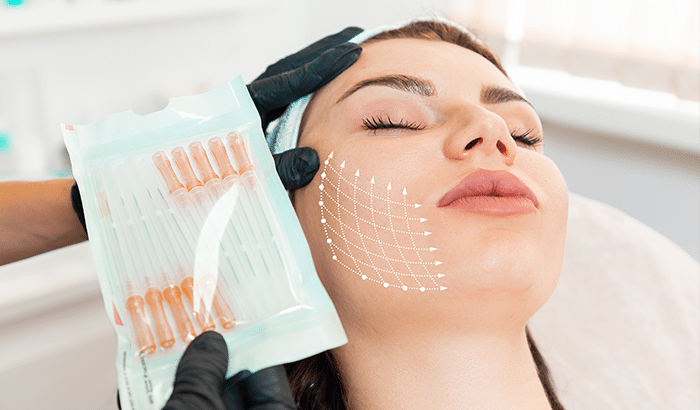Whether you have a surgery scheduled or you’re just thinking about it, here is what to expect during your facelift recovery period.
A rhytidectomy, more commonly referred to as a facelift, is a cosmetic surgery that is beneficial for combating the signs of aging in the face and neck. People who have problems with unwanted wrinkles and sagging skin often opt for this procedure to help achieve a more youthful look.
While this procedure is standard for any plastic surgeon to operate, it’s an invasive surgery involving incisions near the face and manipulating the facial muscles and tissue. Because of the intensity of the surgery, it will take time to recover and regain normality in your daily routine. Before undergoing any cosmetic procedure, your doctor should go over recovery guidelines, but here is a basic knowledge of what you should expect from your facelift recovery.
The Day of the Surgery
You’ll be going home the day of the surgery. Since there is general anesthesia involved in your surgery, it is required that someone picks you up to take you home. Your doctor will likely prescribe some kind of more substantial pain medication you will take on this day and following days. It is on this day that the pain is the most significant. Your surgeon should place a bandage around your face to help minimize swelling.
The Week Following Facelift Surgery
At some point during week one after the surgery, you’ll have a follow-up appointment with your surgeon where they will inspect your incisions and replace the dressings with new ones. Bruising and swelling will peak at days three and four, but you’ll experience both during the following weeks of facelift recovery.
During this week, it’s wise to rest as much as possible and avoid vigorous movement and all exercise. We suggest that you avoid anything chewy, crunchy, or hard to eat as it may cause you to contract face muscles and lead to unnecessary pain. Towards the end of the week, you may feel like you no longer need pain medication.
Week Two
You may experience slight swelling, tingling, and tightness during this time. Towards the end of the second week, you can return to work and start returning to your regular schedule, except for doing moderate to vigorous physical activity. Light activity, like walking, is permitted. You will still want to focus on eating smoother, easy-to-eat foods if you are experiencing any pain when eating. If not, you may start weaning yourself back into your regular diet.
Week Three and Four Post-Facelift
You can expect to see your surgeon again during these weeks to take out any stitches. You may continue feeling some numbness, tingling, and swelling, but you will begin to feel more like yourself at this point and start seeing the results of your new look.
One Month Later
After one month of a facelift recovery goes by, you can begin getting back to your typical workday and exercise routine while enjoying your new look to the fullest! You may feel numbness or tingling near the incision points for the next year or so, but it will not affect your new look.
Vincent Surgical Arts & Medspa
Now that you know what to expect in facelift recovery, you can schedule a consultation with the highly qualified surgeons and medical staff of Vincent Surgical Arts and Medspa. We provide outstanding results and exceptional care. If you’re ready to learn more about our facelift procedure, or any other cosmetic process, contact us today to book your consultation.
We proudly serve our fellow Salt Lake Valley and Utah Valley residents in our office in Cottonwood Heights, Utah.
